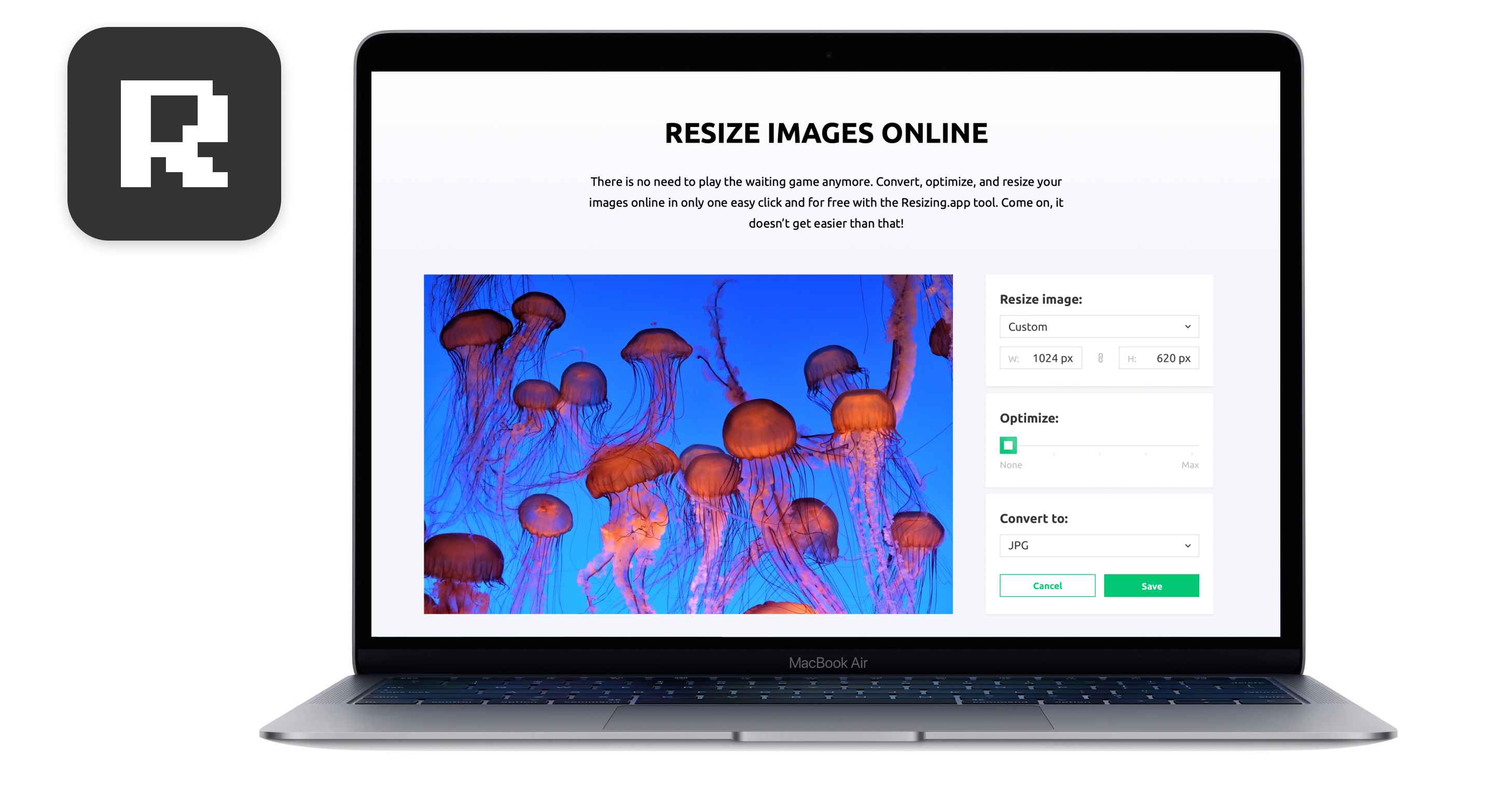

Your images are stored in your site’s uploads folders ( wp-content/uploads/). Just type in a word you used in the title, caption, or description of your image to locate it. There’s also a search box on the right to help you track down your uploaded image. However, do note that you’ll only be able to sort the images by date if you haven’t disabled this function in the Settings. You can sort them by media type (image, video, audio, etc.) and date. You can view all your uploaded images by hovering your mouse on the Media option and clicking on Library. Where and How WordPress Stores Your Images?Īs far as your Admin panel is concerned, WordPress stores your upload images in the Media Library. Thus, you should check the size of the image you’re uploading and make sure it’s the largest size it needs to be before you upload it to WordPress, but not any larger than that. WordPress will never use such images as they’re too large and will eat into unnecessary space on your server.

That said, you must also make sure that you do not upload images that are larger than what the largest size needs to be.

Plus, there’ll be a noticeable loss of quality. In that case, WordPress won’t display that particular image in the largest size correctly. Suppose you upload an image that is smaller than the largest size you’ve defined in WordPress. While WordPress will make it smaller for smaller devices, it will use the full-size (original size) where the image needs to be at its largest. One of them is that you should try uploading your images in the largest size you will need. We’ll explain this in more detail in a bit.īut before we get to that, you should know that there are specific requirements for this to work as you want.
WordPress allows you to change the default image sizes and add as many additional sizes as you want. We’ve discussed how WordPress creates three default image sizes for you, but what if you need a different size than WordPress’s defaults? What if you want more sizes overall? WordPress Image Sizes: Essential Things to Keep in Mindīefore we get into the more technical aspects of WordPress image sizes, you should know a few critical notes. Understanding WordPress image sizes may seem straightforward, but without the right knowledge under your belt, you could miss out on visitors and content sharing opportunities. It will involve a good deal of tedious work, which is why WordPress saves you the trouble. You could always edit your images manually to provide these additional sizes, but to do so accurately in a tool like Photoshop is no small undertaking. Your website will always show the correct images to your readers based on the device they’re using, speeding and enhancing their experience. WordPress creates all these different sizes to serve your images in the most appropriate size for each visitor. It means you end up with four images for every one you upload: The first thing WordPress does when you upload an image is creating three different sizes of your image. We also try to be at that level with our SaaS tool support. That way you reduce the memory usage quite a bit as you don't have two copies of the oringal image in memory at once.Kinsta spoiled me so bad that I demand that level of service from every provider now. Instead of copying the bitmaps in two steps, make it one step. Graphics.DrawImage(srcImage, new Rectangle(0, 0, newWidth, newHeight)) Graphics.PixelOffsetMode = PixelOffsetMode.HighQuality Graphics.InterpolationMode = InterpolationMode.HighQualityBicubic Graphics.SmoothingMode = SmoothingMode.AntiAlias Using (var graphics = Graphics.FromImage(newImage)) Using (var newImage = new Bitmap(newWidth, newHeight)) Var newHeight = (int)(srcImage.Height * scaleFactor) Var newWidth = (int)(srcImage.Width * scaleFactor) Using (var srcImage = Image.FromFile(imageFile)) Here's an example with GDI+: public void Resize(string imageFile, string outputFile, double scaleFactor) Here's a nice blog post covering the differences between them. There are a couple of different approaches: Image resizing is functionality is built right into the. If its a new file just replace with this or with a custom path of your choosing: new Bitmap(image, width, height).Save(fileName.Insert(fileName.LastIndexOf('.'),"A")) New Bitmap(image, width, height).Save(fileName) Using (Image image = Image.FromFile(fileName)) You can do this: public void ResizeImage(string fileName, int width, int height)


 0 kommentar(er)
0 kommentar(er)
